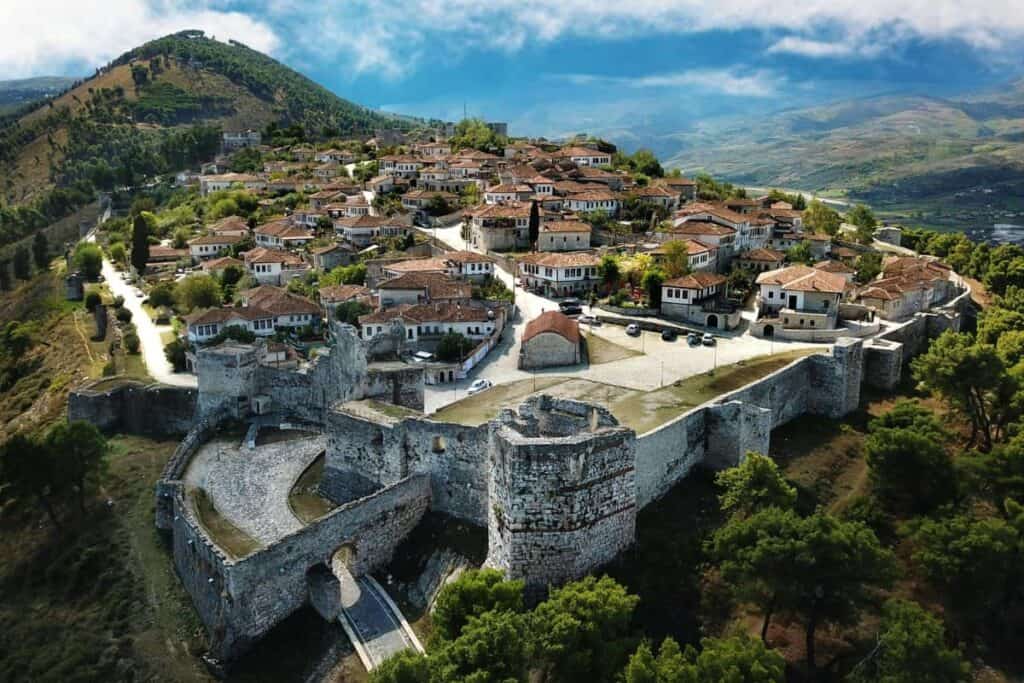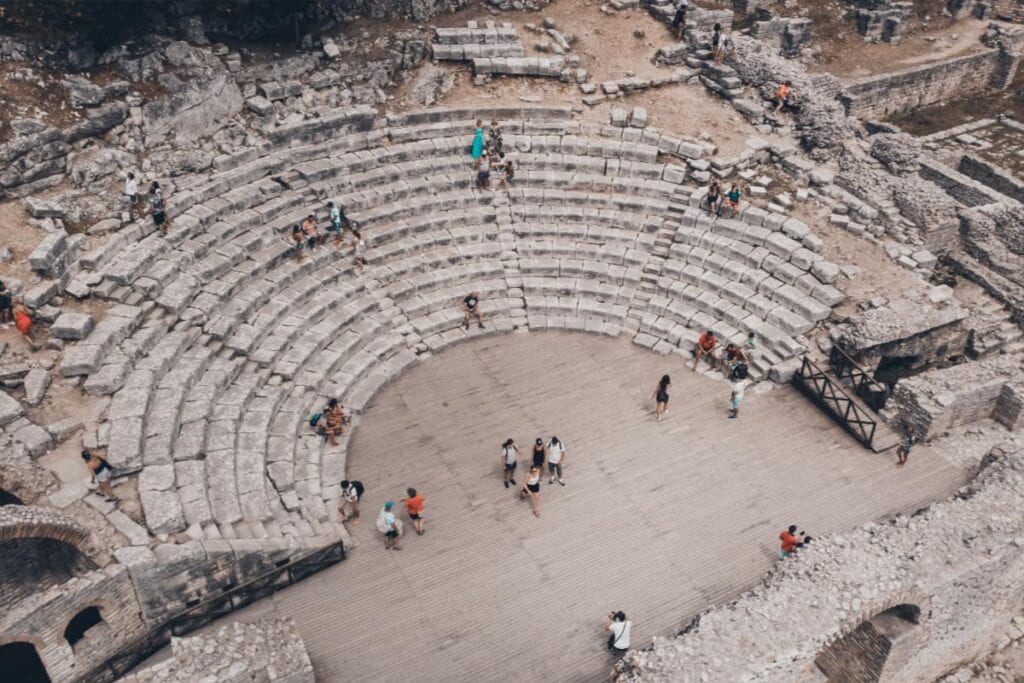Introduction
Albania’s rich cultural heritage is beautifully reflected in its traditional crafts. From intricate embroidery to handmade ceramics, these crafts are not only works of art but also a testament to the skills and traditions passed down through generations. This guide explores the traditional crafts of Albania, where to find them, and how they connect to the country’s history and identity.
1. Filigree Jewelry
The art of filigree involves twisting fine threads of silver or gold into intricate patterns to create stunning jewelry pieces. This craft has been practiced in Albania for centuries and is especially prominent in cities like Shkodër and Tirana.
What to Look For:
- Delicate earrings, necklaces, and bracelets with floral or geometric designs.
- Unique wedding bands crafted using traditional techniques.
Where to Buy: Local jewelry shops in Shkodër or at artisan markets in Tirana.
Why It’s Special: Each piece is handcrafted, making every item one of a kind.
2. Embroidery and Textile Weaving
Albania’s embroidered garments and handwoven textiles are a celebration of color and tradition. Patterns often include symbols of nature, protection, or prosperity.
Highlights:
- Xhubleta: A traditional skirt adorned with colorful embroidery, primarily worn in northern Albania.
- Handwoven kilims (rugs) with intricate geometric patterns.
Where to See It: Visit the Ethnographic Museums in cities like Krujë and Gjirokastër to view antique textiles.
Tip: Look for handmade tablecloths, scarves, or pillowcases as unique souvenirs.
3. Ceramics and Pottery
Albanian ceramics date back to ancient times, with many modern artisans continuing the craft in traditional styles. Pottery is often decorated with natural motifs or left unglazed for a rustic appearance.
Popular Items:
- Clay pots and jugs are used for cooking and serving food.
- Decorative plates and tiles featuring Albanian landscapes or symbols.
Where to Buy: Artisan shops in Berat and Korçë, or local markets across the country.
Why It’s Unique: The designs often reflect the rural lifestyle and connection to nature.
4. Woodworking and Carving
Woodworking is a highly respected craft in Albania, with artisans creating everything from furniture to intricate decorative items.
What to Look For:
- Hand-carved wooden boxes, are often used for jewelry or keepsakes.
- Traditional kepi (shepherd’s staffs) with symbolic carvings.
- Custom furniture pieces showcasing skilled craftsmanship.
Where to Find It: Villages near Korçë and Shkodër are known for their woodworking traditions.
Tip: Consider purchasing smaller items that are easier to transport.
5. Stonework and Sculpture
In regions like Gjirokastër, known as the “City of Stone,” stone carving has been a longstanding tradition. Artisans create both practical and decorative items, often inspired by the natural surroundings.
Examples:
- Stone mosaics and sculptures.
- Decorative stone plates and coasters.
Why It’s Unique: The craft reflects the stonemasonry skills that built Albania’s famous castles and historical buildings.
6. Traditional Musical Instruments
Music plays an integral role in Albanian culture, and the craftsmanship of traditional instruments like the çifteli (a two-stringed lute) and lahuta (a one-stringed instrument) is a revered art form.
What to Look For:
- Handmade instruments are carved from wood and adorned with symbolic designs.
- Instruments tuned and crafted by master artisans for authenticity.
Where to Experience It: Attend a polyphonic music performance, where these instruments are often played.
7. Leatherwork
Leather crafting is another traditional Albanian skill, with artisans producing shoes, belts, and bags using techniques passed down through generations.
Popular Items:
- Handmade opinga (traditional leather shoes).
- Embossed leather wallets and handbags.
Where to Find It: Artisan markets in Krujë or Tirana’s New Bazaar (Pazari i Ri).
Tip: Look for items made from locally sourced leather for the highest quality.
8. Hand-Painted Icons
Religious iconography is a prominent art form in Albania, particularly in Orthodox Christian communities. Many icons are meticulously hand-painted on wood, showcasing the skill and devotion of the artists.
Where to See It:
- Onufri National Museum in Berat, which houses some of Albania’s finest icons.
- Local churches and monasteries in southern Albania.
Why It’s Special: These icons blend religious symbolism with traditional Albanian artistic techniques.
Tips for Buying Traditional Crafts
- Buy Directly from Artisans: Supporting local craftspeople ensures authenticity and contributes to preserving these traditions.
- Look for Quality: Handcrafted items will have small imperfections that add to their charm and uniqueness.
- Learn the Story: Ask about the meaning behind the patterns or techniques to better appreciate your purchase.
Why Explore Albania’s Crafts?
Traditional crafts offer a window into Albania’s history, culture, and creativity. Each piece tells a story of resilience, community, and connection to the land, making them much more than souvenirs—they’re pieces of Albania itself.
Conclusion
From the intricate beauty of filigree jewelry to the practicality of handwoven textiles, Albania’s traditional crafts are a testament to the country’s rich heritage and artistic spirit. Discover these treasures on your next visit and take home a piece of Albania’s culture to cherish forever.


